In my previous project, I developed a smart bathroom scale with Wi-Fi. It can measure user's weight, display it locally and send it to the cloud. You can get more details about this on link below:
https://hackaday.io/project/159086-diy-wi-fi-smart-scale-with-esp8266
This solved part of my problems: how to keep a record of my weight and track my gain (or loss) of weight. And then I decided to tackle a second problem: how to wake up earlier (and stay awake)!
Smartphones' alarm clocks typically comes with snooze function. With the push of a button there goes another 10 minutes... and since it is impossible to press the snooze button only once, there goes an hour!
So I thought: how do I make sure I get out of bed (and maybe don't come back) after the ringing of my alarm clock? A normal person might think about putting the alarm clock more distant (or to add several alarms), however I preferred to attack the problem in the makerstyle: using a bit of electronics, programming and Wi-Fi!
In this project I turned my smart scale into an alarm clock. Now, in addition to the features already developed, it has an integrated clock (synchronized with an internet server) and a buzzer. Once the alarm is triggered, it continues to ring until the user can gather enough courage to get out of the bed and stand for a few seconds on the scale.
There are several ways to use this tutorial. You can use it to: - Learn how to program an ESP8266 using the Arduino IDE;
- Practice your 3d printing, electronics, programming, soldering skills, etc;
- Learn some tricks using an ESP8266 (using displays, a buzzers, etc.);
- Learn how to use IFTTT and Adafruit.io on your projects;
- Make some experiments with woodworking;
- Follow it to the end and create your own gadget!
Liked that project? Please consider supporting my future projects with a small Bitcoin donation! :D BTC Deposit Address: 1FiWFYSjRaL7sLdr5wr6h86QkMA6pQxkXJ
P.s. #1: it's not meant to be used as a cat scale! But, since they were always by my side, they had their place in this tutorial.
P.s. #2: no cats were harmed durring the this project!
 igorfonseca83
igorfonseca83
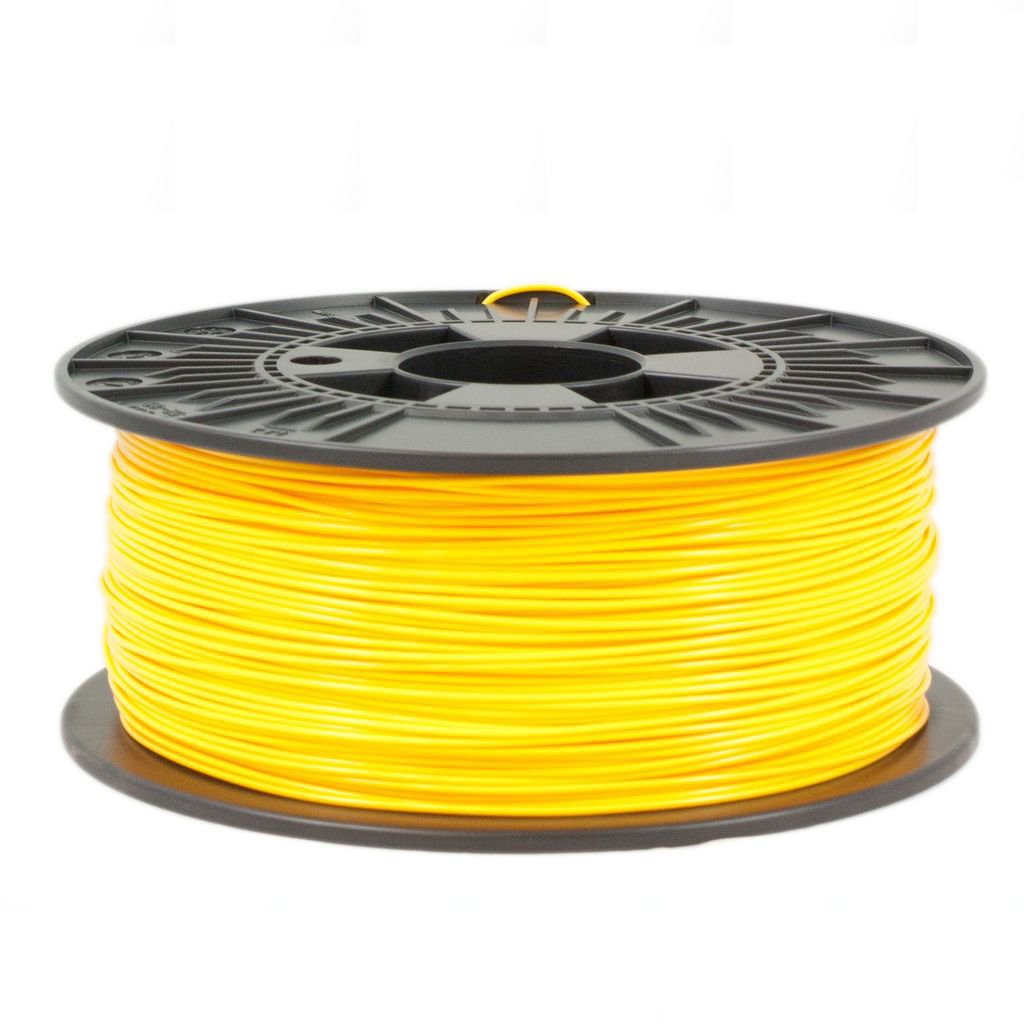
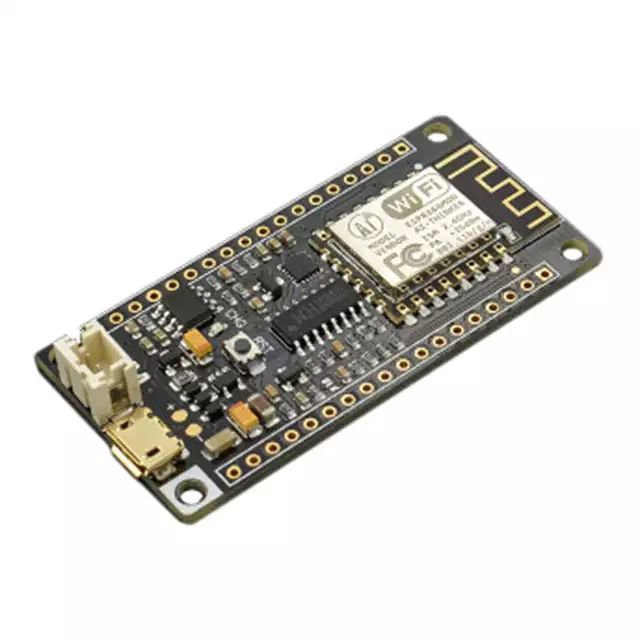
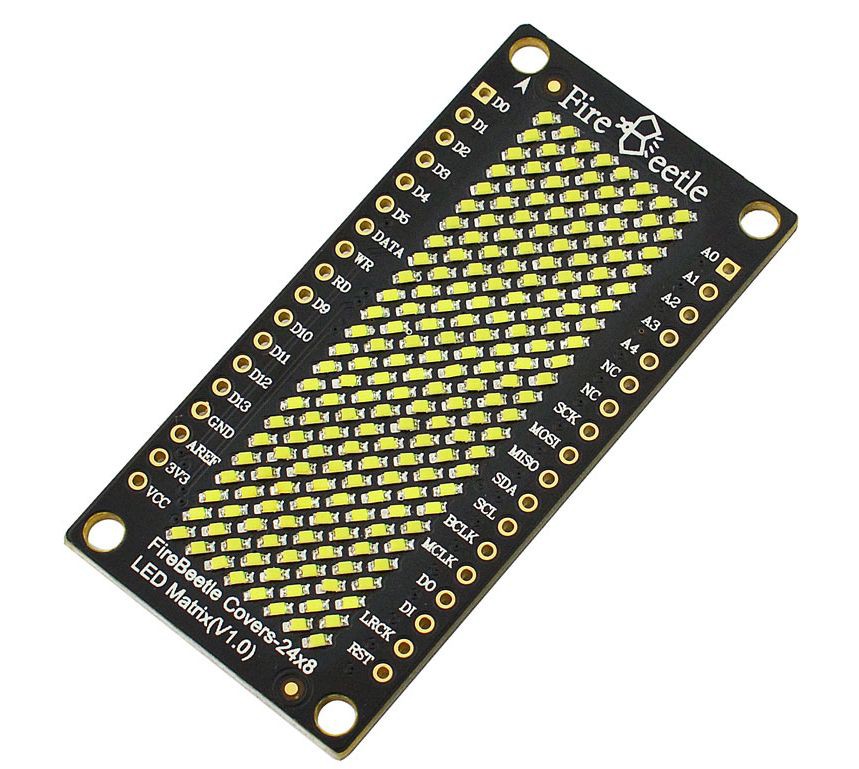
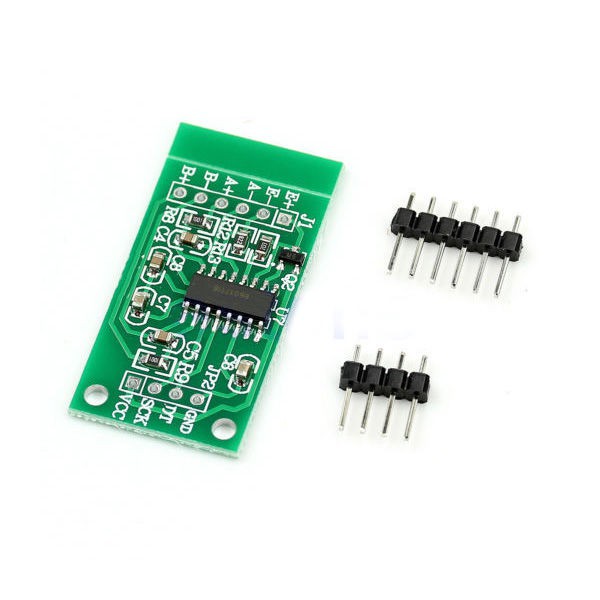
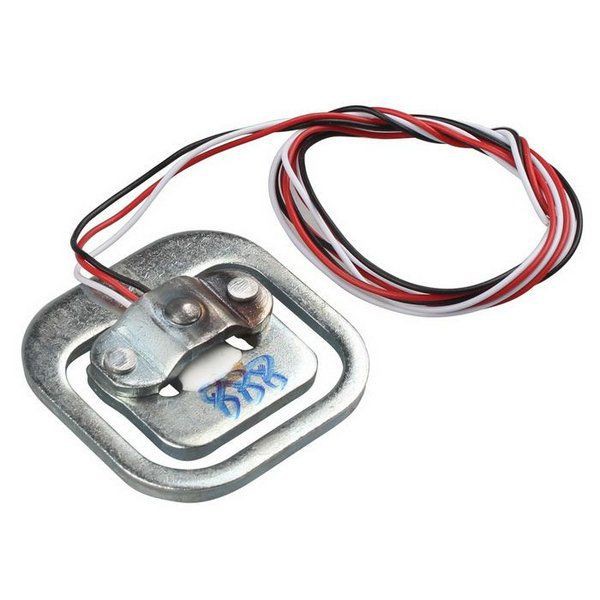
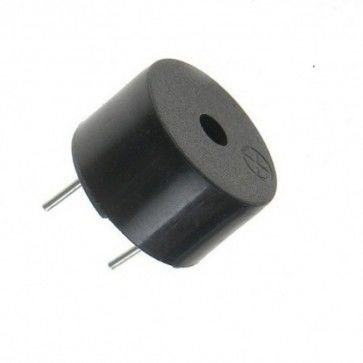
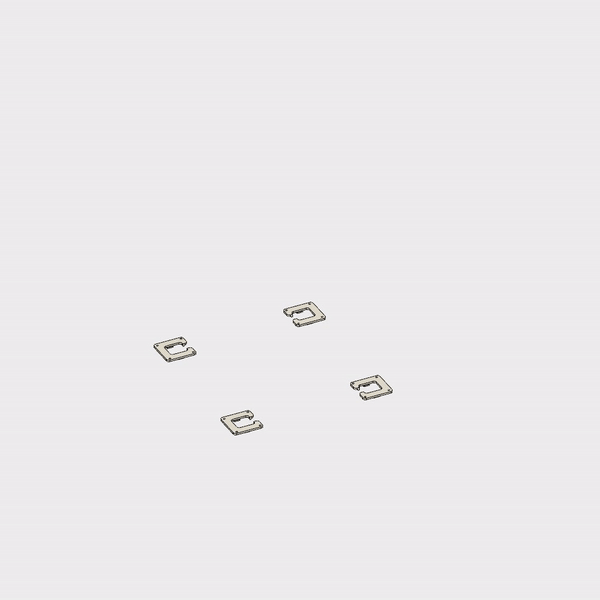


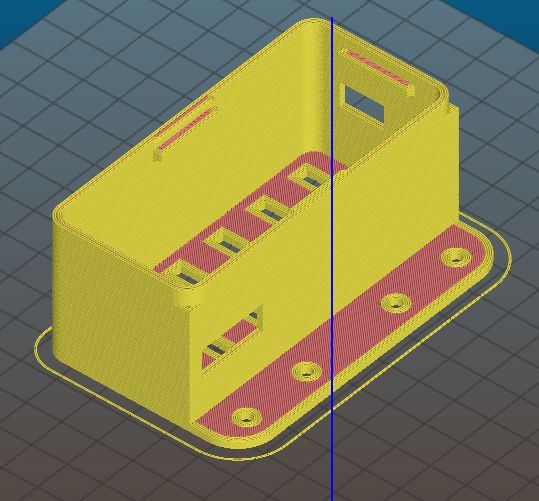
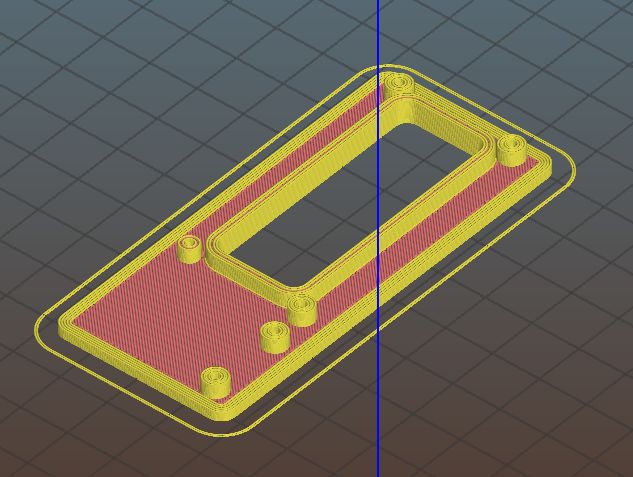





 Tapiwa W
Tapiwa W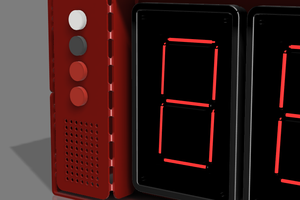
 Madison
Madison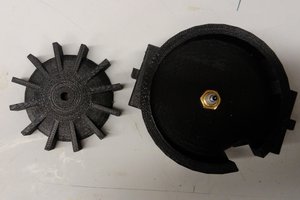
 Lex Kravitz
Lex Kravitz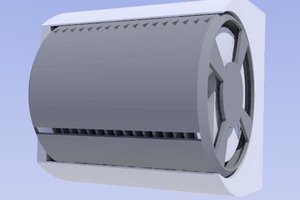
 Xasin
Xasin
Thanks, Dan! I'm glad you liked it! :D
It's a way to get the lazy ones out of the bed. It would also be configured to buzz periodically if you're on the couch watching TV for too long! :)